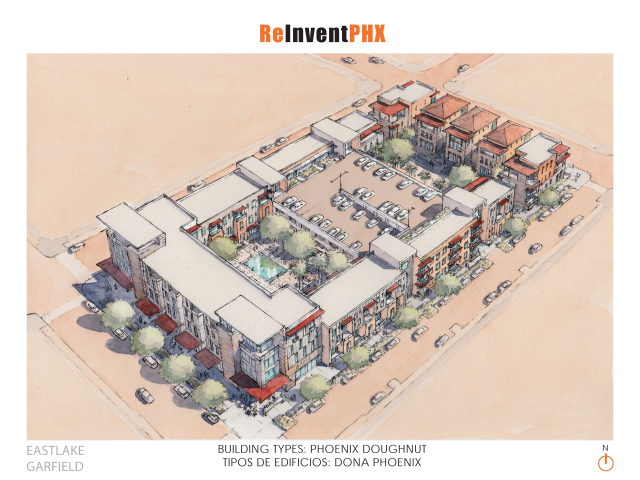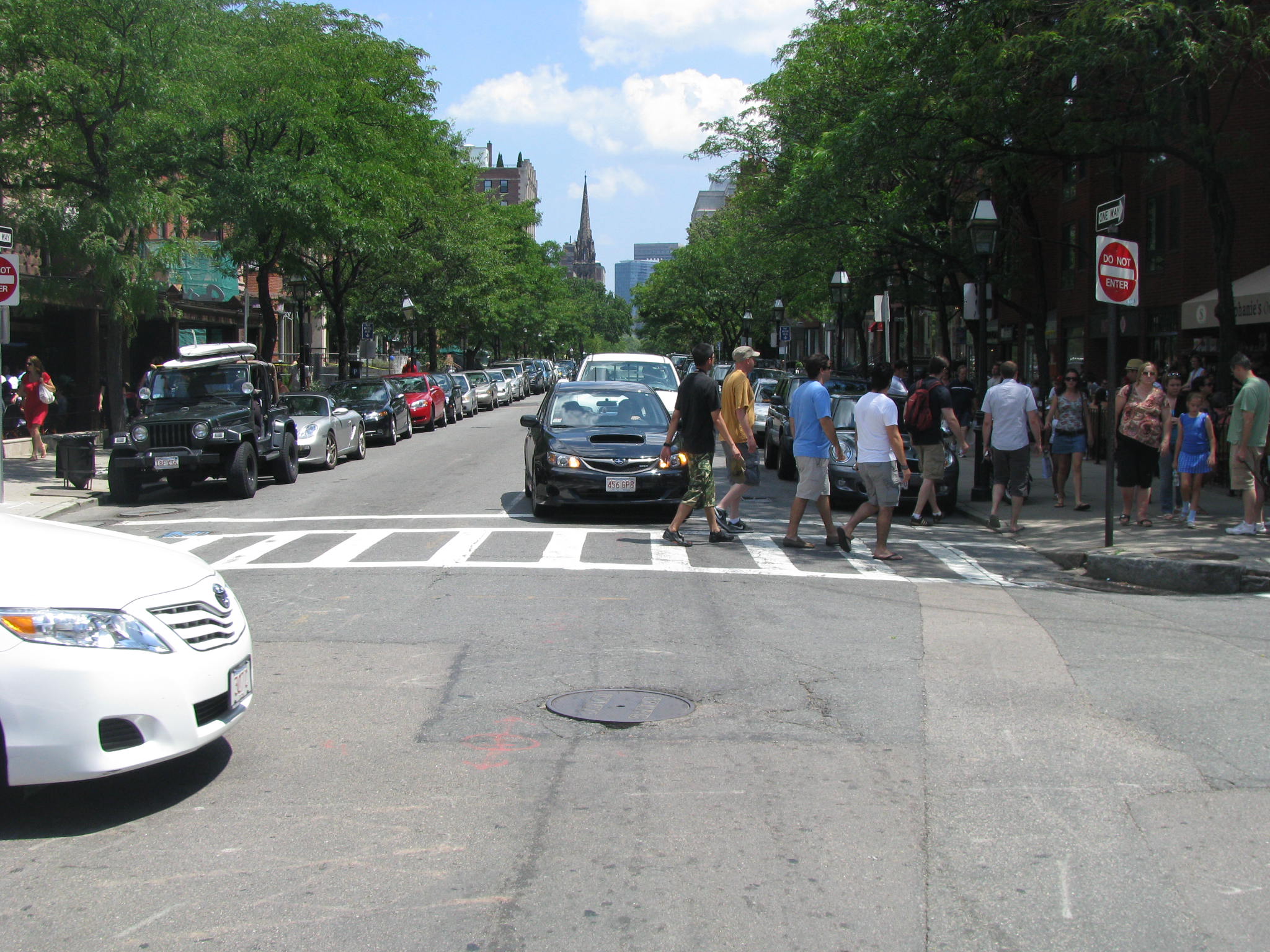 I’ve written a lot about Oklahoma City’s efforts to redesign its city around people instead of cars. It’s not a city that comes to mind when you think about walkable cities. But Mayor Mick Cornett has been the perfect spokesperson for reframing how we think about cities and implementing the changes necessary to make cities more walkable, bikeable and mass transitable (that’s not really a word, but I’m rolling with it.)
I’ve written a lot about Oklahoma City’s efforts to redesign its city around people instead of cars. It’s not a city that comes to mind when you think about walkable cities. But Mayor Mick Cornett has been the perfect spokesperson for reframing how we think about cities and implementing the changes necessary to make cities more walkable, bikeable and mass transitable (that’s not really a word, but I’m rolling with it.)
So it warmed my heart to read about another city making changes to reverse years of sprawl and car-centric thinking — Phoenix, AZ. Like Oklahoma City, “walkable” is not a word that comes to mind when you think about Phoenix. Phoenix is a sprawling city known for being located stubbornly in the middle of the desert far from a water source. Growing up in New Mexico where handling the hot dry summers were a badge of courage, we heard legends of misters all over Phoenix sprinkling people with water to keep them cool. And green lawns with great landscaping being grown instead of desert landscaping.
Phoenix experienced a huge influx of people (and more sprawl) during the housing boom, but was one of the hardest hit cities after it all came crashing down. Realizing the benefits of dense, walkable and connected neighborhoods, Phoenix is taking steps to rein in that sprawl.
The city has a new walkable zoning code that will go before voters in December and a master plan, called Reinvent PHX, that will take several decades to complete. And it is all based around the backbone of a light rail system that was implemented in 2008 and will connect six districts in the city. Phoenix expects that by 2040, the areas around those rail stops will have less cars and offer more trees and shade for pedestrians and cyclists, as well as the businesses and housing to support that more urban lifestyle. (And I was happy to read that the plan includes desert landscaping and low-water use plants that also provide shade.)
The plan advertises that people can live close to work and can get around easily without a car for everyday needs. Anyone who has lived in or ever visited Phoenix knows what a huge shift in thinking this is!
Will it be easy?
Oh, hell no. These things never are. The city estimates it will cost billions to make the city less car-dependent. The plan will span several decades and require investment from government, non-profits and private investors and developers. It means revamping zoning codes and shaking up people who hate change (not that we’d know anything about that here in Rochester). Thus far, zoning is all about one-floor sprawling development with non-friendly big ass parking lots (like those all over our country). And it means voters will have to approve an extension of a transportation sales tax that expires in 2020.
Is it worth it?
A plan that will improve the quality of life for residents, reduce fossil fuel consumption, attract new businesses, build stronger neighborhoods and communities, and improve the health of residents and local businesses? Fast Company calls it an urban miracle. Those are some of the best kinds of miracles, because they impact so many people. So, yes, it’s worth it.
[Photo courtesy of Reinvent PHX.]






No Comment